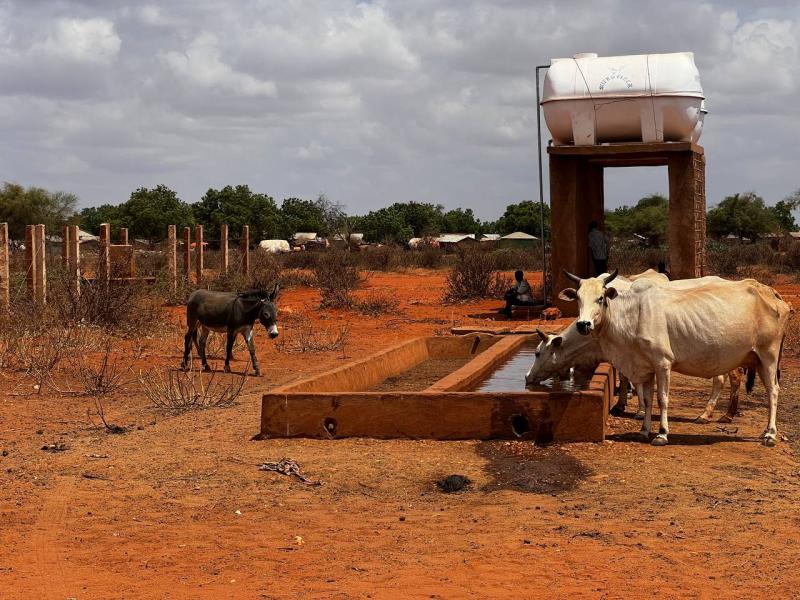The good and bad of drylands water development in six pictures
If one picture says a thousand words, then a whole volume on resilience building through water projects is captured in these six photographs.
The development of new permanent water supplies in the drylands sounds like the obvious solution to pastoralists’ increasing vulnerability to climate change. After all, in the drylands more water means more resilience, doesn’t it? The images below, taken during research by Supporting Pastoralism and Agriculture in Recurrent and Protracted Crises (SPARC) in Ethiopia and Kenya, tell a more complicated story.
Click on the dropdown arrows to see the story behind each image.
1. Not every water development is welcome.
A half-built support structure for a water tank remains unfinished in this arid part in southern Ethiopia. It looks like a wasted investment caused by a failure to complete construction in place that desperately needs water.
The real story is more interesting. The proposed development wasn’t just about water. It was linked to attempts by officials to support settlement in the area by people from a neighbouring clan – seen locally as a kind of ‘land grabbing through water’. Elections then brought a change in local government and in the power balance between clans. The local community felt able to take matters into their own hands and they put a stop to the water scheme. The water tower then became redundant.
Control of water sources is often a way of controlling other resources, especially land. Well-meaning outsiders can be persuaded to support new water sources, thinking they are simply benefitting everyone, without realising the political scheming that they are unwittingly being drawn into.
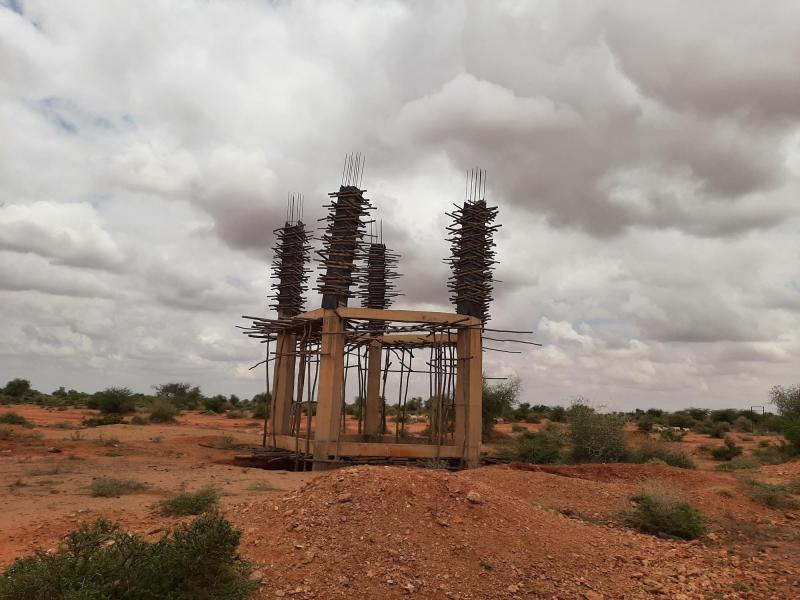
2. Unintended consequences can be predictable: water attracts settlement.
Women and children in Marsabit, northern Kenya, desperately try to fill their jerry cans from the leaks in this water system, because the water tank has no tap. The nearest tap is miles away in the local market town. Yet another example of a water development where water has been piped to urban elites, bypassing marginalised rural communities? Not this time. The water was developed in an area without settlement and no taps were installed deliberately to prevent increased settlement in the pastoralists’ rangelands. The strategy was only partially successful, though, because people settled there anyway, ensuring that leaks appeared.
The relationship between water sources and settlement is always dynamic, and it does not always follow the intention of planners. For how long will government or the aid community be able to resist calls to provide a better water supply for a population which is in need, but which was never supposed to be there?
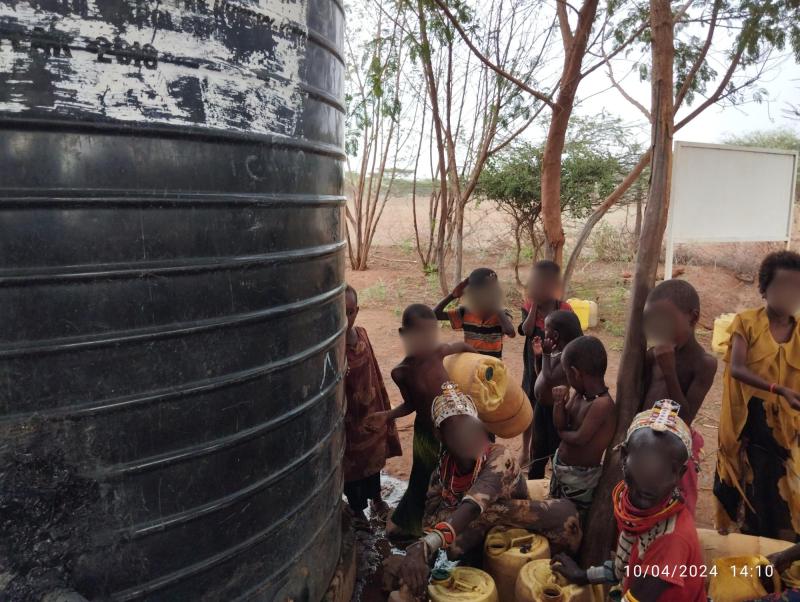
3. The risks of leaving things until there’s an emergency
Multiple signboards from international aid agencies each claim credit for a water source in northern Kenya. The sight is so common that it probably raises little more than a smile, but it masks a more worrying story. When the pump breaks down, local water management committees know that if they wait until there is a drought emergency, someone will tale pity on the people and repair the system. This gives them every incentive to keep people waiting without water – and little incentive to use water fees they collect for repairs.
Many water user committees are, of course, working hard and honestly. But the uncoordinated ways in which aid agencies and governments work provides them with all the wrong incentives. Instead of resourcing a long-term management strategy, money only appears in response to emergencies. The demand is to produce “outputs” - wells and signboards – and little attention is paid to the wider impacts on society and local governance.
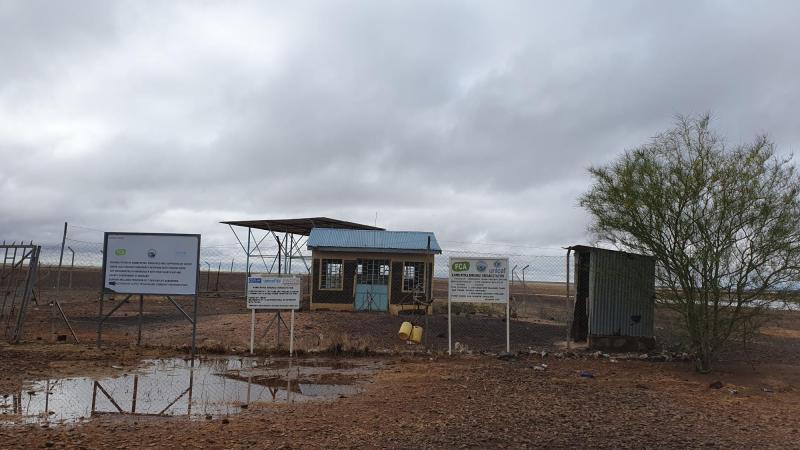
4. This is not a photograph of water pipes.
This image has captured what politics look like. Pipes are piled up in northern Kenya after being removed from a deep borehole that had failed soon after installation. The rusty state of the pipes, evident in the photograph, explains the failure. The pipes had rusted because the water was salty.
More water isn’t more resilience if the water, as here, is too salty to use. The aquifer is known to be salty, but the politics of patronage ensures that water sources continue to be bestowed on communities without reference to any overall strategic plan. Instead, each water sources goes where someone wants to put it. As our pictures have shown, this may be where it creates conflicts, where it is not wanted, where the water supply is unsustainable in the longer term, or, as here, where the water is simply too salty.
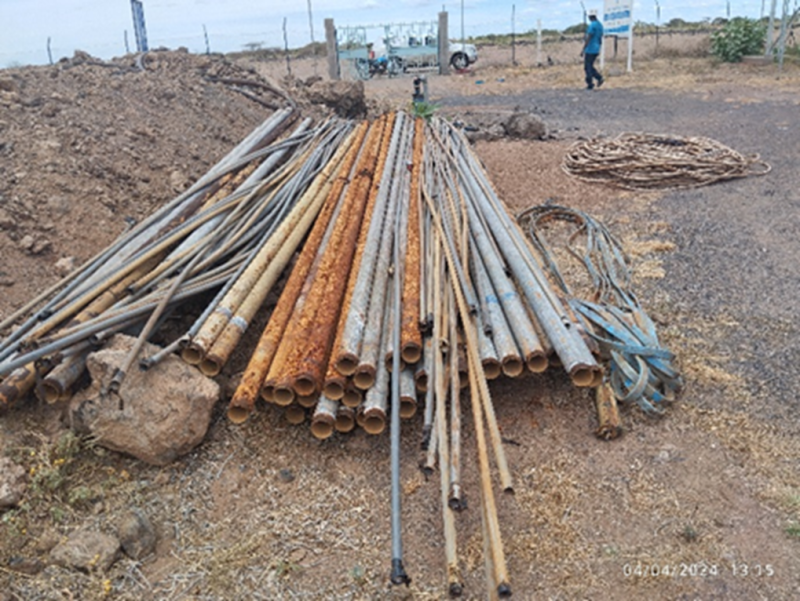
5. Are the best resilience investments hard to spot?
A dusty hose snakes its way over the sand and between the camels in southern Ethiopia. Its acquired camouflage makes it hardly noticeable. If it is seen at all, it claims little importance for itself. It may be surprising if the claim were made that this should be a paradigmatic picture of water development.
It was important to keep livestock well away from a traditionally managed communal reservoir, to prevent contamination and erosion of the banks. Several individuals owned small petrol pumps, so people collected money to by a hose to set up a system where individuals can contribute fuel to pump water from the pond into structures where their own livestock can drink safely. The hose, both physically and symbolically, brings together a community managed resource with individual entrepreneurship.
Indigenous water sources managed by traditional governance systems often function better than water supplies installed by outsiders which are managed by so-called ‘formal’ committees that they then create. These formal management systems are more prone to political interference and corruption, but too often indigenous governance is simply sidelined.
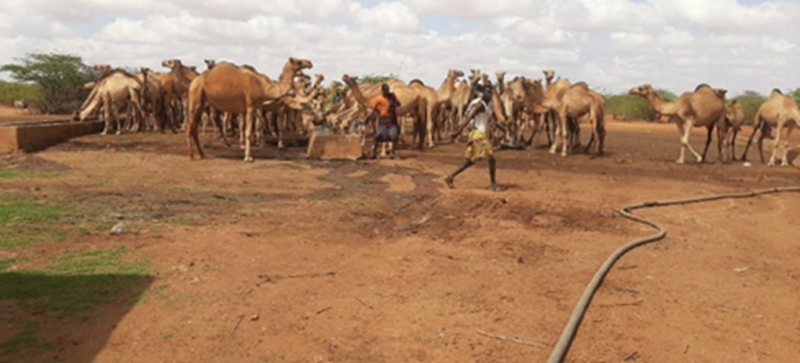
6. Balancing the trade-offs of benefit and risk.
It is very hard to know what is in this photograph from Geshamo in Ethiopia. The water system is seen to be functioning well, delivering water into well-maintained drinking troughs. The animals – and their owners – are clearly benefiting from this. In the background, though, we can see recently constructed permanent houses, a new settlement gradually being created as a result of a new permanent water source.
Is this a successful project, bringing more resilience to the herders who can now water their livestock even in years when rains fail? Or has the technical success of the water project created a settlement that will disturb the migration patterns on which pastoralists’ resilience relies, and led to the degradation of the rangeland nearby? Will the settlement lead to better access to health and education services or will the saline water damage their health? This photograph is not in black and white, and the water project itself should not be seen in black and white either. The picture shows a trade-off between benefits and risks. It captures just one point in time of a dynamic situation whose end point we cannot know.
If water development in the drylands is to support resilience, then planning cannot be a straightforward technical challenge. Planners – and pastoralists – have to navigate interests that partly align and partly compete, objectives and priorities that may be incompatible, trying to find the best balance between risks and rewards in an uncertain world. The only way to find the best trade-offs is to understand the situation very well, combining technical, economic, social and political perspectives and listening very carefully to the opinions of all those who will be affected.
